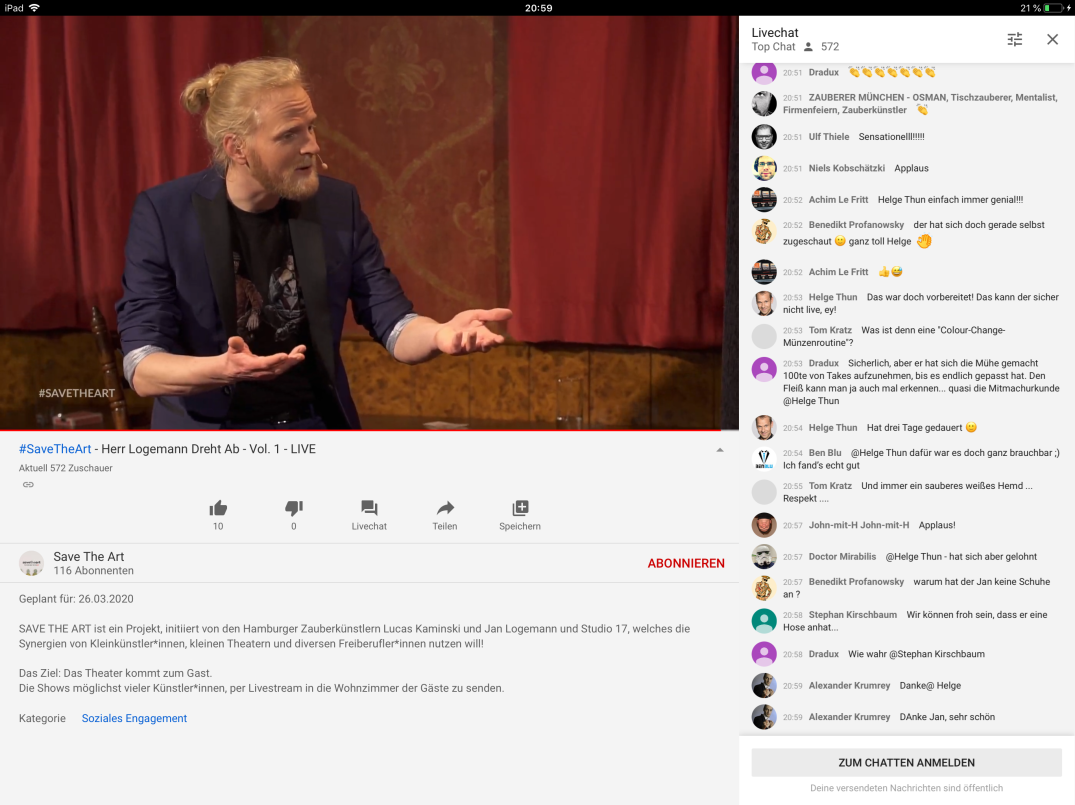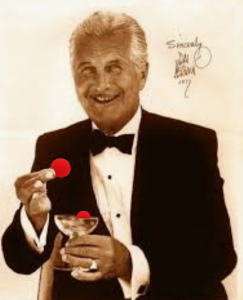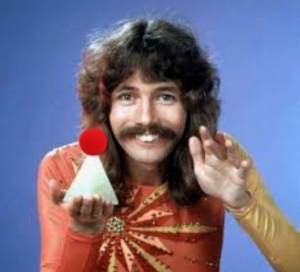
SAVE THE ART nennt sich ein neues, spannendes Projekt, das von den Hamburger Zauberkünstlern Lucas Kaminski und Jan Logemann mit Studio 17 initiiert wurde. Das Ziel: “Das Theater kommt zum Gast” – und das per Livestream ins eigene Wohnzimmer. Es passt somit perfekt zum derzeitigen Corona-Lockdown, unter dem natürlich auch gerade die dadurch beschäftigungs- und umsatzlosen Künstler und Theaterbetreiber leiden. Der Ticketpreis beträgt 9,90 Euro. Weitere Gäste vor demselben Bildschirm zahlen – auf Vertrauensbasis – nur 6,90 Euro; auch Spenden sind möglich.
Die Premiere am 26. März zumindest darf schon mal als voller Erfolg gewertet werden. Registrierung, Link-Versand und Übertragung bei YouTube klappten bei mir einwandfrei, auch Bild und Ton waren bestens. In der Spitze waren 590 Bildschirme live dabei und davor etwa 1.000 zahlende Zuschauer (vermutlich plus eine Dunkelziffer nicht-zahlender Mitgucker). Denen hat es in Summe offenbar hervorragend gefallen, denn der begleitende Live-Chat quoll geradezu über von Lob und witzigen Kommentaren.

Neben starker Zauberkunst und skurrilen Texten von Musik-Kabarettist Felix Oliver Schepp gefielen die natürliche Atmosphäre und der lockere Plauderton, der auch Raum für Improvisation ließ. So kam der Abend tatsächlich nicht als streng getaktetes Kleinkunst-Programm rüber, sondern mehr wie eine gesellige Runde unter guten Bekannten, an der man aus dem eigenen Wohnzimmer heraus teilhaben konnte. Den diesbezüglichen Vergleich eines Sehers zur Late-Night-TV-Sendung “Inas Nacht” fand ich sehr treffend.
Übertragen wurde professionell mit mehreren Kameras aus dem kleinen, feinen Zaubertheater Magiculum des Magischen Zirkels Hamburg. Der versendete Link ist nach wie vor gültig, d.h. wer bezahlt hat, kann die Show auch nachträglich noch einmal anschauen.
Schade nur, dass aufgrund einer Terminverschiebung dieser Premiere der angekündigte Roland Henning nicht mit dabei sein konnte; ich hätte ihn gerne einmal “live” gesehen! Dafür gab es zwei großartige Einspieler mit Gästen: Helge Thun bekämpfte das Coronavirus zuhause virtuos mit Münzen und viel Seife; Denis Behr überzeugte wie immer, diesmal als “Expert at the Kitchen Table” mit einer Center-Deal-Routine. (Und ich glaube, im Hintergrund lief seine Spülmaschine…)
Für die nächsten Donnerstage sind weitere Abende mit Jan Logemann und Gästen geplant. An anderen Abenden spielen auch andere Künstler. Man darf gespannt sein, wie es weitergeht und ob diese Art des bezahlten Heim-Theaters in unserer Kostenlos-Kultur einen Platz finden wird. Schön wär’s!
Zu den weiteren Terminen und Künstlern geht es hier.







